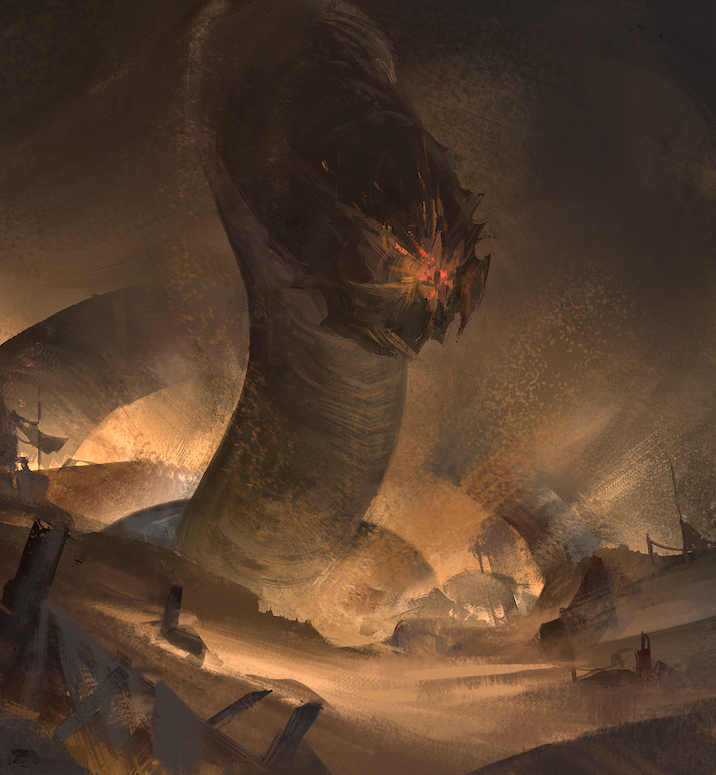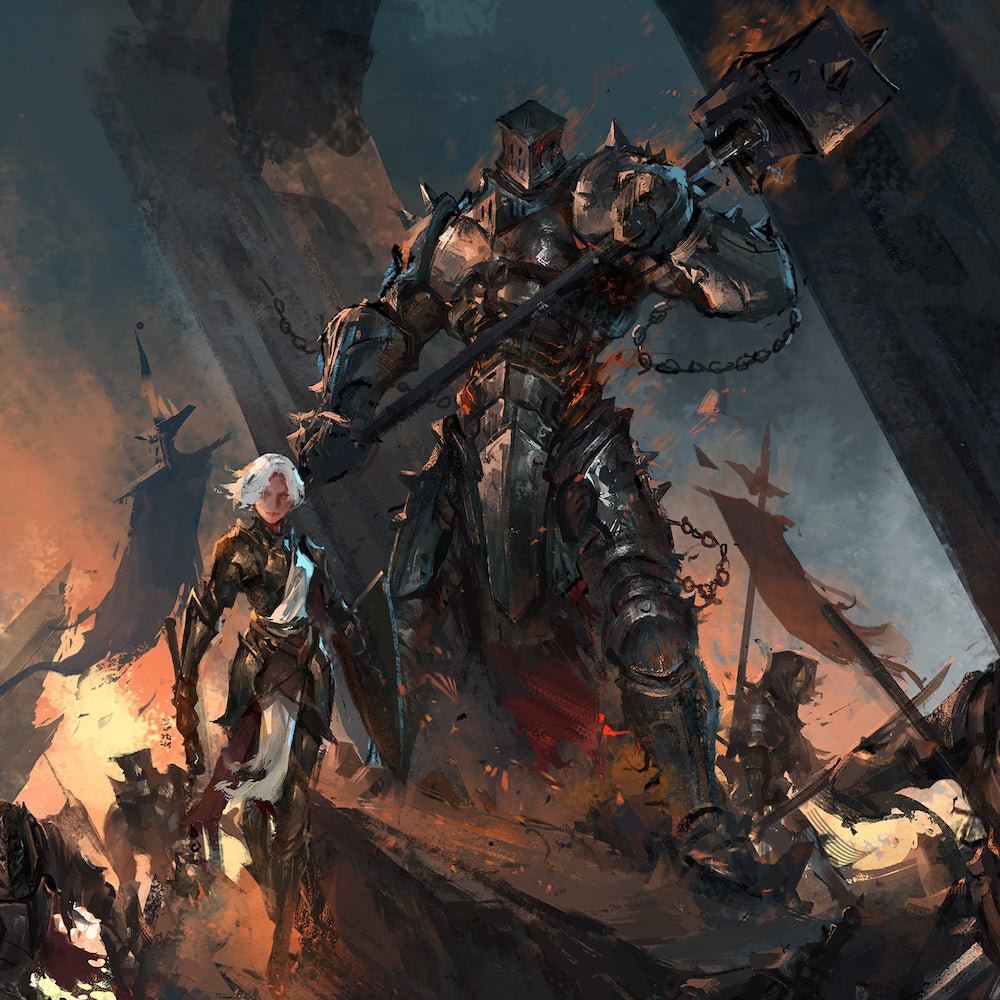Advanced Rules

Using Advanced Rules
In order to make games more challenging, strategic, and fun, this set of advanced rules was developed. You can choose to use any one rule or subset of advanced rules during your games. You only have to decide with your fellow players, which rules will be in play during the game.
Also, feel free to develop your own rules. If there is something that makes sense but doesn't break other mechanics, write it down and use it during your games.
Ancient Artifacts
Junk isn't the only thing waiting to be found. There are artifacts out there from a forgotten age. People are willing to pay good money for these items... Use the table below to see some ideas for artifacts and the benefits they grant:
Artifact Type | Benefit
- Art and Sculpture | 20 Junk coins
- Weapons | 10 Junk Coins
- Data and Tech | 20 Junk Coins
- Cryo-preserved genetics | 10 Junk Coins
- Seeds and Agriculture | 20 Junk Coins
- Writing | 10 Junk Coins
Sentry Guns
This rule allows the players to place some gun turrets on top of terrain (or anywhere on the tabletop) during the setup of Hazards, before the game starts. This can be done in conjunction with other Hazards or instead of placing regular Hazards. You then use equipment card specs to determine range, strength, and number of dice to roll for each gun. Tip: this is a good way to use spare equipment cards that aren't attached to a vehicle.
Also, feel free to come up with your own specs and your own miniatures to represent these guns on the table. This is good way to get creative in the hobby sense.
Environmental Hazards (Difficult Terrain)
When dealing with how terrain impacts vehicles, you can se the following table:
Terrain | Type | Impact | Notes
- Rough Ground | Land | -2 Movement
- Swap / Oil / Tar Pits | Land | Movement halved | Roll for Damage (2 D6, 5+)
- Storm Clouds | Air | -2 Movement
- Insect Swarm | Air | Movement halved | Roll for Damage (2 D6, 5+)
- Fire Tornado | Air or Land | -4 Movement | Roll for Damage (4 D6, 5+)
- Lava Flow | Land | Movement halved | Roll for Damage (2 D6, 5+)
Don't hesitate to come up with other difficult terrain specs and the related terrain elements to put on the table!
Landing Airships
In general, there isn't a need to land an airship but certain special scenarios may exist as part of narrative (story telling) play. In these cases, you can choose to allow a movement turn to land and a movement turn to take off.
You may also roll a D6 to see if any damage is taken during a landing. 4+ and no damage is taken. 1-3 and you take one damage that you can roll a saving throw against.
Friendly Fire
You may elect to have the ability to shoot through Friendly units but any misses cause damage to your own ships in this case. For instance, if you are using a strength 5+ weapon and roll 4 D6, and get 2 5's and 2 3's. The threes (missed shots) count as hits against your unit.
Destroying Terrain and Hazards
Have you ever wished you can blast those cavity mines out of the air from a distance or drop a bomb on that Sand worm? You're in luck!. This rule lets you follow standard combat rules to target some Hazards.
When calculating damage for hits, you roll saving throws as you normally would. You place a dice next to the hazard to mark how many wounds the hazard has left. some Hazards are harder to destroy than others; as you can see in the table below:
Type | Hit Points
- Gravity Mines | Hit Points are equal to the number of mines
- Sand Worm | 3 Hit Points
- Hammerhead | 4 Hit Points
- Sentry Guns | 2 Hit Points
- Land Mines | Hit Points are equal to the number of mines
Note this can be used in conjunction with the Sentry Guns advanced rule.
Repairing a Crashed Vehicle
Wanting to have one last chance to stay in the fight and exact vengeance on your opponent? You can spend 20 Junk coins to resurrect a ship with this rule. The coins go back to the bank and your ship comes back into play (with all damage it had previously taken).
Looting a Crashed Vehicle
Wanting to win some additional junk coins by blasting your opponent out of the sky? You can with this rule. Every player should attach the junk coins they collect to a specific ship. When that ship is crashed, you place the coins and a crashed ship marker on the table, in the location where it was destroyed. An opponent or friendly model can then use the junk collection rules to retrieve the coins. Can be used with Repairing a Crashed Vehicle rule (if less than 20 junk coins on board).
Hijacking an Opponent's Ship
As you would expect, this sort of action is highly difficult to get right and could easily backfire. To hijack a ship, you have to complete 3 steps:
- First you must use your movement turn to ram the opponent vehicle
- Second you must roll to test your ability to board
- Finally, you must roll to test whether the hijacking is successful
Ramming
When ramming you must make a damage roll. If you roll less than 4 on 1D6, you take damage and must make a saving throw or mark damage on one piece of equipment.
Boarding
When boarding you must make a damage roll. If you roll less than 4 on 1D6, you take damage and must make a saving throw or mark damage on one piece of equipment. Also, if you fail this roll, your opponent can choose to counter with their own boarding roll. In this case, they may move on to the hijacking roll. If they choose not to board, they can move away from your ship during their next movement turn.
Hijacking
After boarding an opponent ship, you may choose to hijack or retreat. If you retreat, either player can move during their movement phase. If you choose to hijack, you must roll higher than 2 on 1D6. If you fail the roll, you take automatic damage and your opponent can choose to go through their own boarding and hijacking rolls. If you win the roll, you take control of your opponent's ship and the related cards. You do not get any of the opponent's coins though.


